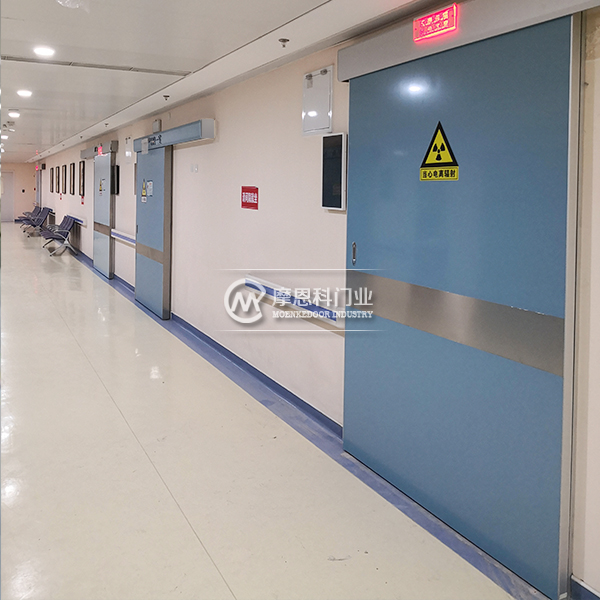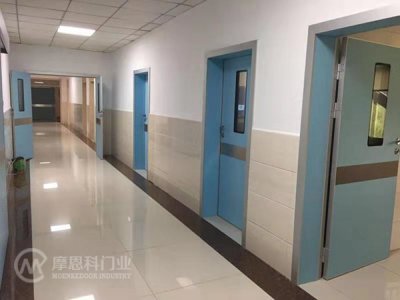Medical doors refer to doors used in medical institutions that have special designs and functions to meet the specific needs of the medical environment.

Firstly, medical doors usually need to have functions of fire prevention, smoke prevention, and sound insulation. There may be various hazardous substances and equipment in medical institutions, so medical doors need to be able to effectively isolate fires and smoke to protect the safety of personnel and property in hospitals. At the same time, medical doors also need to have good sound insulation to ensure a relatively quiet working environment inside the hospital, which is conducive to the recovery of patients and the work of medical staff.
Secondly, medical doors also need to have antibacterial and easy to clean properties. Medical institutions are high-risk areas for bacterial transmission, so medical doors need to be made of antibacterial materials to reduce the growth and spread of bacteria on the doors. In addition, the surface of medical doors should be flat and easy to clean, so that hospital staff can conduct regular cleaning and disinfection.
In addition, medical doors also need to have the characteristics of quick opening and closing. In medical emergencies, time is life, and medical doors need to be able to quickly open to ensure that medical personnel can enter the patient in need of treatment in a timely manner. At the same time, medical doors also need to be able to quickly close to avoid the spread of bacteria and pollutants.

In general, medical doors not only need to have the basic functions of general doors, but also need to meet the special needs of medical environments, including fire prevention, smoke prevention, sound insulation, bacteria prevention, easy cleaning, and quick opening and closing characteristics. The combination of these characteristics makes medical doors an indispensable and important facility within medical institutions, providing strong guarantees for the safety and hygiene of hospitals.













